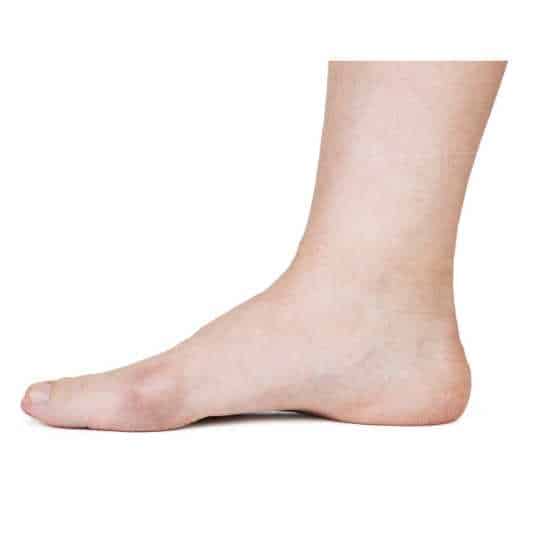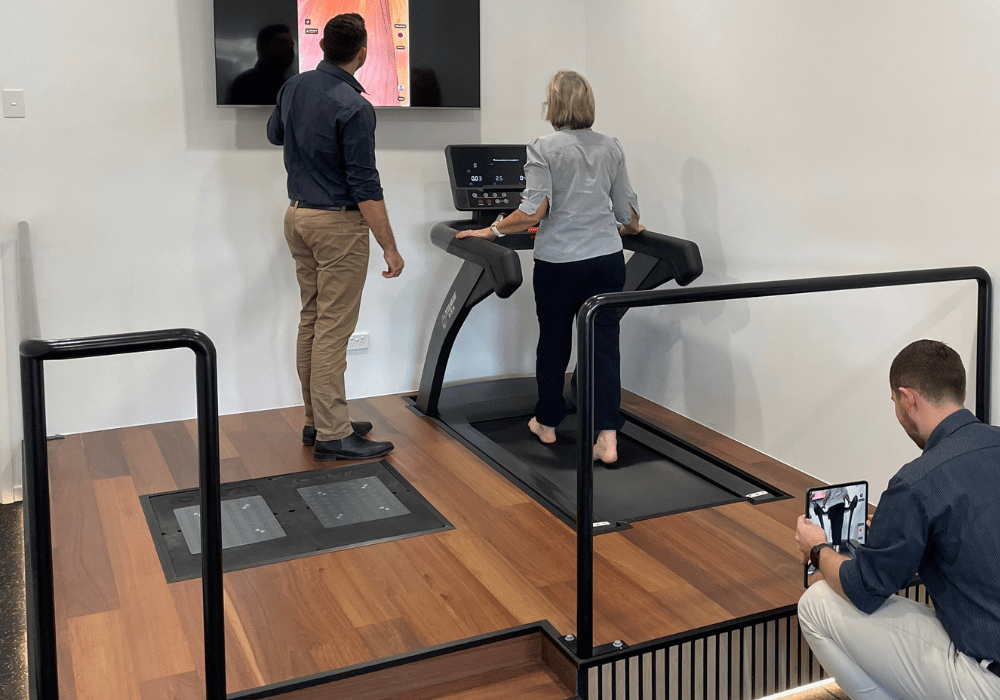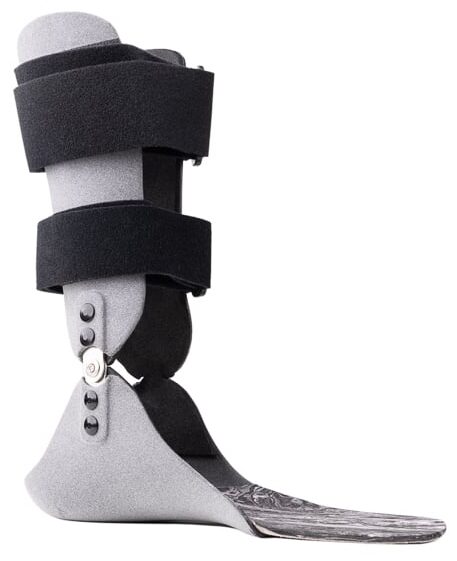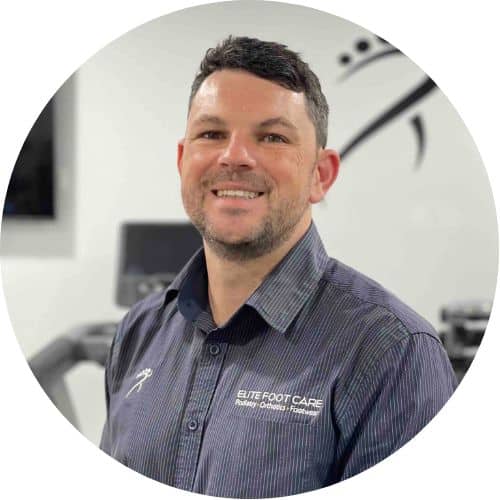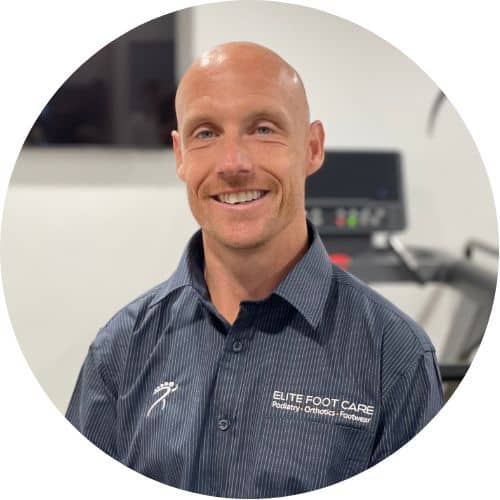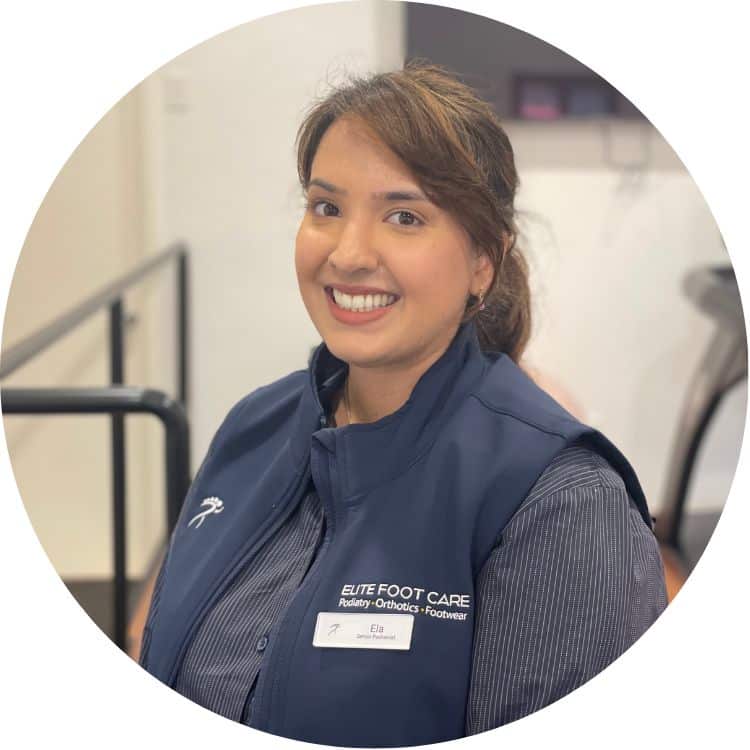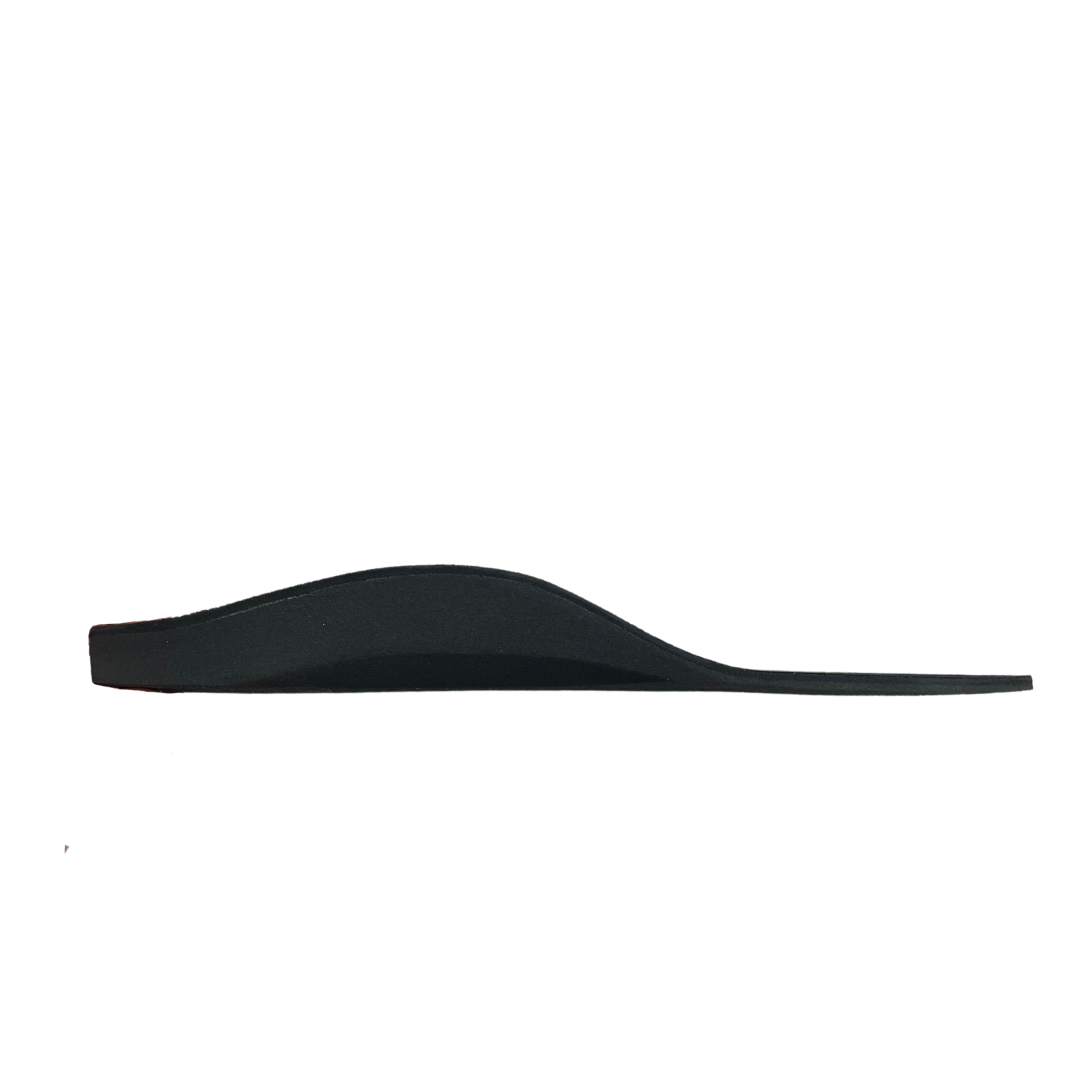
Custom Orthotics
A custom orthotic supports and aligns your lower limb putting the muscles and joints it in a position of congruence. Elite Foot Care has a state of the art custom orthotics manufacturing lab on the Sunshine Coast. This allows us to have complete control over the manufacturing process, resulting in


